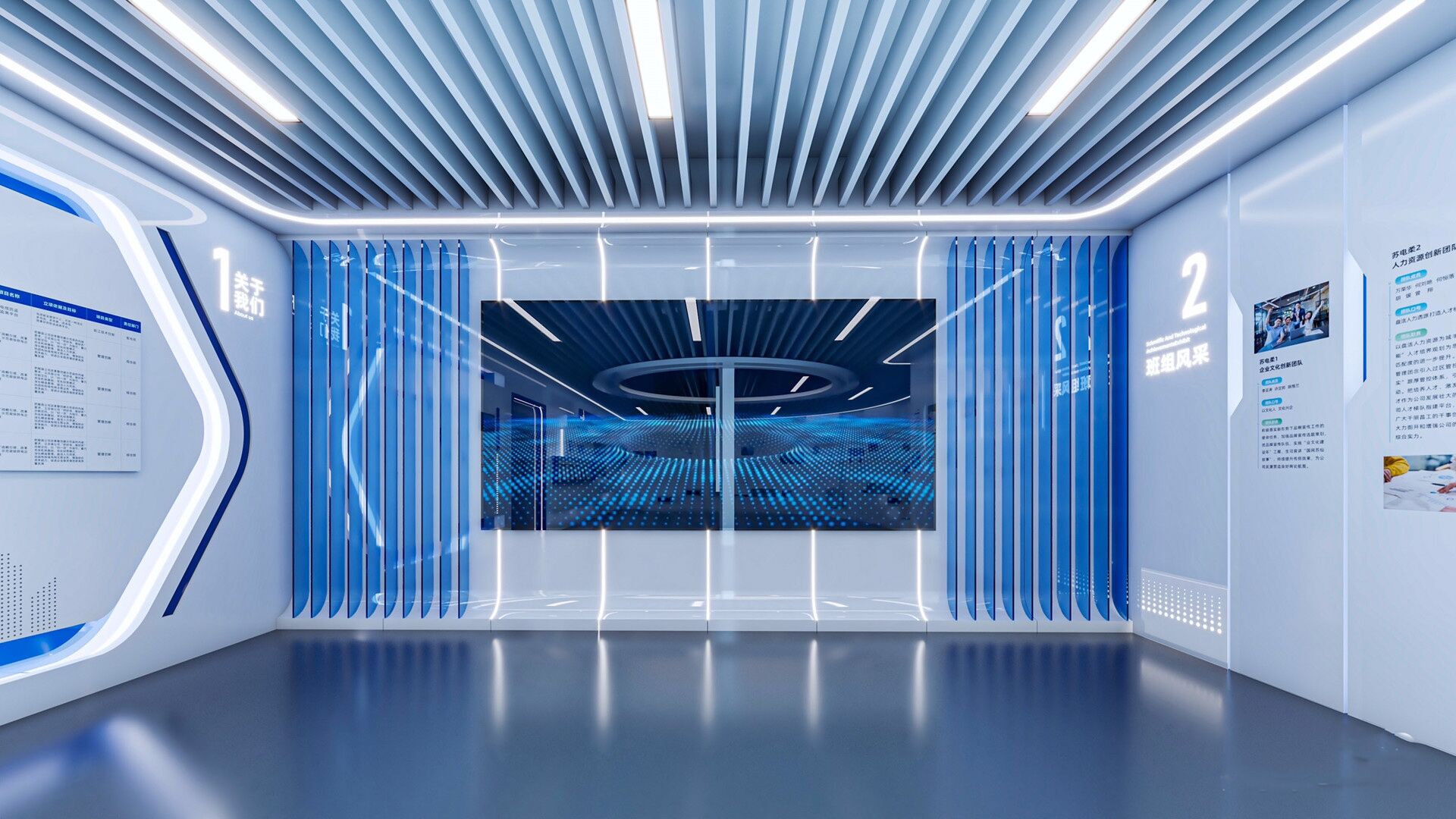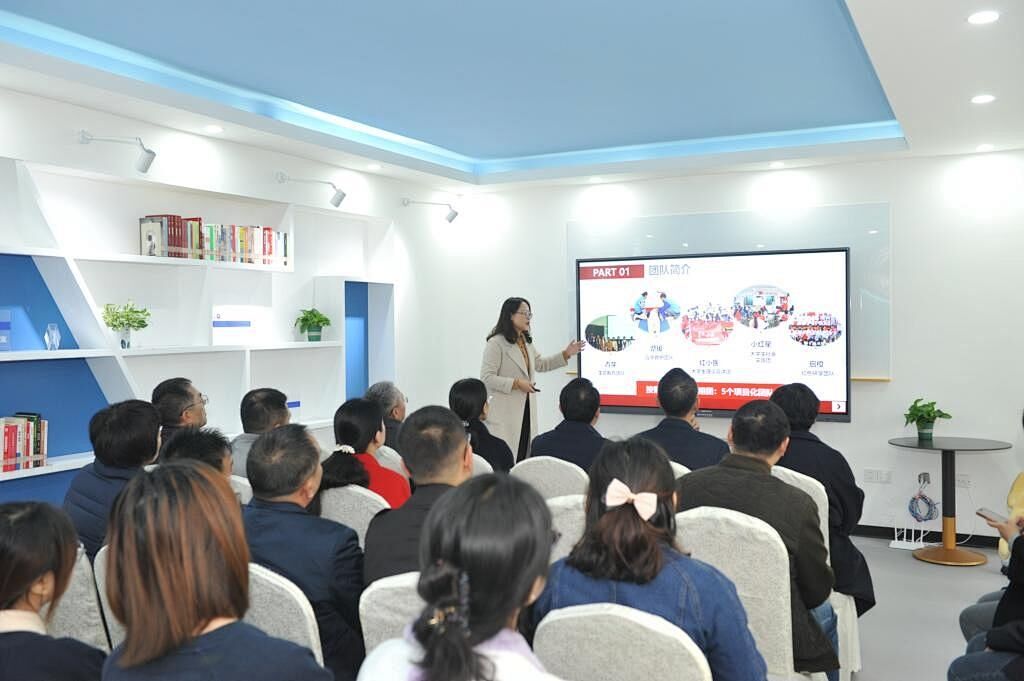Hvorfor Kundetilbakemelding Drevner Innovasjon i Design av Eldrefolkshjulvogn
Den Direkte Lenken Mellom Brukerinsikter og Produktiterasjon
Kundekommentarer er en viktig del av produktutforming, og i eldrefolkswagener. Produsenter kan få ubetalelige stykker tilbakemeldinger fra slutbrukerne selv – som er eldrebuer (de faktiske endelige brukerne av vognen selv). Og forresten, forskning viser generelt at selskaper som bruker tilbakemelding fra kunder i utformingsprosessen aggressivt har større sannsynlighet for å ha effektive forbedringer på sine produkter. Som et eksempel, en fremhevet vognprodusent økte kundetilfredshetsgradene med 30% etter at de endret designet på håndtakene sine basert på brukertilbakemelding. Denne fram og tilbake utformingsprosessen sammen med umiddelbar tilbakemelding, lar produsenter være fleksible og gjøre justeringer for å sikre at produktene er i overensstemmelse med forbrukernes behov.
Eldrehandvogn produsenter bruker kundetilbakemeldinger for å kontinuerlig justere designene sine. Brukeroppbakelse har en dramatisk effekt, og driver med straksynlige forbedringer og styrer vedvarende produktutvikling. Eksempler fra virkeligheten viser at produktlag som bruker konstante tilbakemeldingsløkker klarer å oppdage designproblemer tidlig, iterere når nødvendig, og akselerere tidsbruket til markedet med forbedrede versjoner. Integrering av kundeinsikter i designprosessen garanterer at disse produktene oppfyller brukerkrevninger og er i tråd med endrede bransjenormer, noe som er avgjørende for å opprettholde konkurransenesten.
Hvordan tilbakemelding reduserer risiko i teknikk fokusert på eldre
Bruk av kundetilbakemelding i design og teknisk utforming av eldrepenger er en viktig måte å redusere risikoen for produktfeil. Å designe etter brukernes reelle behov lar selskaper minimere slike feil som noen ganger fører til dyrt om-design eller tilbakekall av produkter. Nylige undersøkelser har vist at organisasjoner som bygger på brukertilbakemelding opplever 40 % færre design-relaterte feil, noe som resulterer i et mer stabilt og trygt produkt for eldrene.
De positive effektene av omtenkt håndtering av tilbakemeldinger som en del av en langsiktig perspektiv er ikke bare begrenset til redusert designrisiko, men kommer til uttrykk gjennom høyere markedstilnærming og kundetilfredshet. Disse modnerike produsentene vil, når de faktisk lytter til brukerne og tjenester dem, opprette produkter som ikke bare er umiddelbart relevante, men også inspirerer brukerens tillit og lojalitet. Kort sagt, brukerfokusert design er et strategisk forskjellsmerke; brukerfokusert design hjelper markedsførere med å vedlikeholde relasjoner med sine kunder og også stå ut fra konkurranser i en vanligvis overfyldt marked.
Eldrepraktifabrikken sin ramme for innsamling av tilbakemeldinger
Flertydige tilnærminger: Fra intervjuer med pleiere til digitale spørreundersøkelser
For å forstå designet av eldrepensjon i flere detaljer, er det nødvendig å bruke flere måter å samle inn tilbakemeldinger. Våre metoder omfatter både intervjuer med pleiere, nettbaserte spørreundersøkelser og fokusgrupper for å sikre et bredt spekter av synspunkter. Denne flermålsgrenen tilnærmingen er viktig fordi den hjelper til å dekke de ulike behovene og preferansene til forskjellige brukergrupper, spesielt i eldrepensjonsindustrien. Digitale mediumer som nettbaserte undersøkelser lar flere mennesker delta, og data kan samles inn på en rask måte, noe som fører til en praktisk tilbakemeldingsprosess. Eksempler på suksess i bransjen viser at denne grundige prosessen for innsamling av tilbakemeldinger betydelig forbedrer produktkjedene drevet av brukerne.
Kunstig intelligensbasert stemningsanalyse for eldre brukergrupper
AI-basert sentimentanalyse blir en ny måte å evaluere brukeroppbakning på den gamle handelssektoren. Vi kan bruke maskinlæringeralgoritmer, søke gjennom store datasett, i søket etter nøkkeltrønder og følelser blant eldre brukere. Dette er avansert teknologi som hjelper oss til å forstå mer om brukeropplevelse og hvordan vi skal designe for det. For eksempel, produkter over flere industrier bruker AI til å samle inn og filtrere kundeevalueringer som fører til rask designiterasjon og fornøyde kunder. AI sentimentanalyse er uverdt for å konvertere rå evaluering til handlingsskyldige innsikter, og for å veilede beslutningsprosessen rundt smartere design og utvikling i produksjonen av eldre handlevogn.
Omvandling av tilbakemelding til funksjonelle forbedringer
Fallstudie: Omgjøring av ergonomisk håndtak basert på artritis-tilbakemelding
De foretrukne designene av eldrepersonvognene inkluderer også ergonomiske håndtak basert på tilbakemeldinger fra brukere med arthrit og andre smertefulle tilstander. Dette er et godt eksempel på hvordan brukerinnputtet ble brukt effektivt i overgangen fra en generasjon til neste. Mange med arthrit nevnte problemet de hadde med vanlige håndtak, noe som førte oss til å tenke på ergonomiske løsninger. Håndtakene ble omdesignet med formerede, bløte oppfyllinger for å gjøre det lettere å få en bedre og mer komfortabel takting, samt en forbedret vinkeltilnærming for å redusere belastning og utmating. Disse modifiseringene basert på faktiske brukerkrevninger har gjort brukerenes erfaring mye enklere. Vi har mottatt en vitnesbyrd fra en fornøyde kunde som sier at det nye håndtaksdesignet 'gjorde vognen mindre hard på mine ledd, og nå kan jeg bruke den lenger uten at hånden og armen min smerte'.
Den positive tilbakemeldingen brukerne ga, lukket ikke bare eventuelle funksjonslucker i produktet, men bidro også til generelle følelser av å være fornøyd med og trygg på om produktet er brukbart. Å høre dette rett fra brukeren, oppmuntret ikke bare produktutviklingen, men forsterket også produsentens engasjement for å sette fokus på en mer brukar nærhet. Ved å omgjøre vanlige smertepunkter til funksjonelle fordelar, klarte produsenten å forbedre livet til utallige eldre.
Hjulstabilitetsforbedringer fra sykepleien HJEM Prøver
Prøver gjennomført i pleiehjem med fokus på hjulstabilitet har oppnådd store designforbedringer i troller for eldre. Disse testene gav produsenter mulighet til å få brukeroppbakning fra de som faktisk bruker disse vognene, og oppbakningen viste seg å være handlingsevne for å forsterke mot ustabilitet. Innsatsen inkluderte å observere hvordan vognene ble brukt, samle inn oppbakning og til og med gjøre en rodeo av hjulkonfigurasjoner i ulike miljøer. Prøveoppbakning fra pleiehjem avdekka problemer med tidligere hjuldesigner, som førte til endringer som bredere hjul og bedre sjokkabsorbering.
Prøvekjøringen produserte kvantitative resultater som viser at opp til 20 % reduksjon av rollbacks kan oppnås, samt en økning på opp til 15 % i brukertilfredshet med hensyn på stabilitet. Disse forbedringene demonstrerer behovet for å involvere brukere i reelle scenarier for å identifisere problemer og bekrefte designendringer. Produsenter setter nye standarder for sikkerhet og brukertilfredshet ved å integrere brukerfokusert tilbakemelding i designprosessen, noe som avslører deres engagement i kontinuerlig forbedring og forståelse av brukernett.
Appalachian Cart er et ekte eksempel på hvor tilbakemeldingsdrevne designjusteringer har blitt implementert med suksess. Denne metoden med å integrere tilbakemelding i utviklingsprosessen kan ses som en bransjestandard for å omsette kundetilbakemeldinger til meningsfulle produktforbedringer.
Å overkomme implementeringsutfordringer i geriatrisk produktutvikling
Å balansere mellom sikkerhetsstandarder og tilpassingsforespørsler
Oversettelse av sikkerhetskrav og tilpassingskrav i produktutvikling for eldree er viktige oppgaver. På den andre siden, finnes det spesielle preferanser eller krav fra eldree brukere som må tas hensyn til for å forbedre brukertilfredshet og produkt-effektivitet. Like viktig er å oppfylle strikte sikkerhetsregler for å sørge for at varene ikke inneholder noen fare. Selskaper må derfor håndtere disse kravene ved å utvikle nye metoder for å kombinere sikkerhet og tilpasning. For eksempel har noen produsenter vært i stand til å innovere slik at de har integrert tilpassbare elementer uten å sacrifisere funksjonelle sikkerhetsfunksjoner i produktene sine, som justerbare periferaler - setehøyder og taklinger for å tilpasse seg enkeltmanns unike antropometriske krav.
Få HIPAA-sammenhengende tilbakemeldinger fra helsevesenpartnere
Ved utvikling av geriatriske produkter er det avgjørende å få innputt som er HIPAA-kompatibelt fra helsevesenpartnere. Beskyttelsen og hemmelighetsplikten for helseinformasjon reguleres av HIPAA, og når du samler inn tilbakemeldinger, må du følge kravene om samsvar. Selskaper må bruke sikre verktøy og arbeidsflyter (f.eks. krypterte spørreundersøkelser og HIPAA-kompatible datasystemer) for å samle innsikt uten å svike pasientens privatliv. Vær proaktiv – gjennomfør regelmessige revisjoner og oppdater stillingen om HIPAA-rettlinjer for å fortsette å være i samsvar. Å bygge relasjoner med helsevesenpartnere som setter pris på slike strengt gjennomførte innsats for innovasjon, kan også føre til kontinuerlige tilbakemeldingsløkker slik at produktene og arbeidet med å bringe dem på marked blir utført både effektivt men også sikkert og således at de blir tillitsfullt.
Fremtidssikring Gjennom Kontinuerlig Tilbakemeldingsintegrasjon
IoT-Gitte Vognar Som Leverer Bruksmønsterdata
Dette endrer måten kaffeinbruk og -sporing blir sett på med vogn som er IoT-aktig. Disse vognene har integrert Internett av Ting (IoT)-teknologier for å støtte måling av ulike parametere, inkludert antall ganger vognen brukes, gådistanser og terrænner som dekkes. Denne informasjonen kan være nyttig for å forbedre produktutviklingen og gi langsiktig strategisk inntak for å sikre at produkter kan møte fremtidige krav for eldrene. For eksempel kan undersøkelse av bruksmønsterdata indikere mer vanlig bruk av visse funksjoner og dermed gi retning for fremtidige designproblemer. Introduksjon av IoT-teknologi i den gamle vognen gjør det mulig å støtte kontinuerlig forbedring, og orienterer også selskaper mot å være tilpasset brukernens behov, og gjøre dem mer responserede og mer relevante med mer konformistiske produkter og brukere.
Forutsigbar analyse for eldres behov
Prediktiv analyse spiller en avgjørende rolle i å forutsi fremtidige krav og interesser blant den aldrende befolkningen. Ved hjelp av datagrunnedytting-verktøy kan bedrifter finne ut om markedstrender og forutsi hva fremtiden holder for de aldrende forbrukerne. Avanserte teknologier som maskinlæring og store data-algoritmer gjør det mulig for selskaper å forutsi brukerpreferanser og sikre at produktene møter disse beregnede ønskene. På den andre siden, hvis data forutsier voksende etterspørsel etter handvogn med bedre mobilitetsegenskaper, kan selskaper begynne å utvikle slike produkter i forventning på langsiktig etterspørsel, dermed å bli foran konkurrentene. Introduksjonen av prediktiv analyse støttes da den ikke bare forbedrer og øker kundetilfredshet, men den gjør også at produktmarkedene passer godt til kundebehov, noe som stimulerer innovasjon og vekst.
FAQ
Hvorfor er kundetilbakemelding essensiell i design av eldree-vogner?
Kundfeedback hjelper produsentar med å forstå dei verkelege behovene og utfordringane som eldre brukarar står overfor, slik at dei kan forfine design og forbetra produkttilfredsheten.
Korleis minkar tilbakemeldingar risikoen ved å designa eldre vognar?
Det minskar feil i utforminga og kostne omdesign ved å justera produktet meir i samsvar med brukarane sine behov, og fører til meir stabile og pålitelege produkter.
Kva er metodane for å samla inn tilbakemeldingar frå brukarane på eldre vognar?
Fleire metoder, inkludert intervju med omsorgspersonar, online-undersøkingar og fokusgrupper, vert brukt til å samla ulike og omfattende innsikt frå ulike brukargruppar.
Korleis nyttar AI-basert analysar av tankegang for eldre til å utvikle dei mest effektive strategiane for å lokalisere menneske til å arbeide?
Det gjer at produsentar kan forstå følgjevisingane til brukarane og tilpasse design i samsvar med det, og fører til rettidige forfiningar og økt tilfredshet hos kundane.
Kva er utfordringane med å balansere tryggleik og tilpassing i utviklinga av eldre produkt?
Å sikre at produktene oppfyller sikkerhetsstandarder samtidig som de tilpasser seg enkeltbrukernes preferanser kan være utfordrende, men er avgjørende for å forbedre brukertilfredshet og sikkerhet.
Hvorfor er IoT viktig i utviklingen av eldrefolksskyvekurver?
IoT-teknologien samler inn reeltidsbrukedata, og gir innsikt som driver med kontinuerlig forbedring og produkttilpasninger basert på faktiske brukermønstre og preferanser.
Kan prediktiv analyse hjelpe i planleggingen av fremtidige behov for eldrefolksskyvekurver?
Ja, det kan forutsi fremtidige trender og preferanser, og la selskaper proaktivt designe funksjoner og produkter som møter den utviklende behovslandskapen blant den aldrende befolkningen.
Innhaldet
-
Hvorfor Kundetilbakemelding Drevner Innovasjon i Design av Eldrefolkshjulvogn
- Den Direkte Lenken Mellom Brukerinsikter og Produktiterasjon
- Hvordan tilbakemelding reduserer risiko i teknikk fokusert på eldre
- Eldrepraktifabrikken sin ramme for innsamling av tilbakemeldinger
- Flertydige tilnærminger: Fra intervjuer med pleiere til digitale spørreundersøkelser
- Kunstig intelligensbasert stemningsanalyse for eldre brukergrupper
- Omvandling av tilbakemelding til funksjonelle forbedringer
- Fallstudie: Omgjøring av ergonomisk håndtak basert på artritis-tilbakemelding
- Hjulstabilitetsforbedringer fra sykepleien HJEM Prøver
- Å overkomme implementeringsutfordringer i geriatrisk produktutvikling
- Å balansere mellom sikkerhetsstandarder og tilpassingsforespørsler
- Få HIPAA-sammenhengende tilbakemeldinger fra helsevesenpartnere
- Fremtidssikring Gjennom Kontinuerlig Tilbakemeldingsintegrasjon
- IoT-Gitte Vognar Som Leverer Bruksmønsterdata
- Forutsigbar analyse for eldres behov
- FAQ

 EN
EN









































